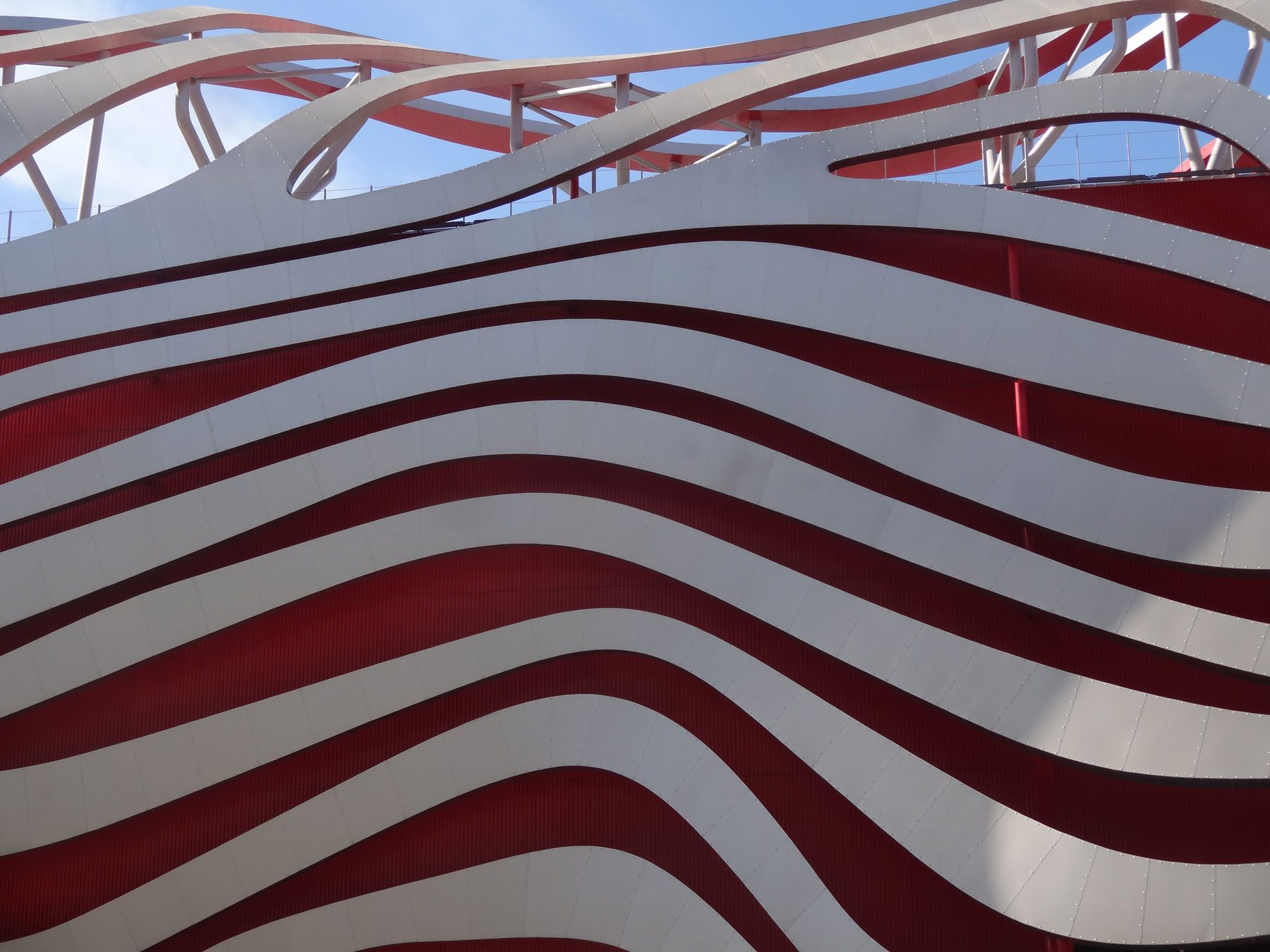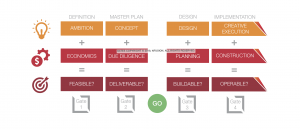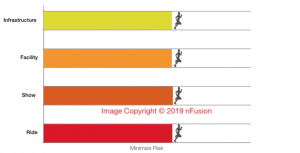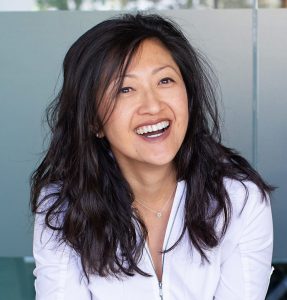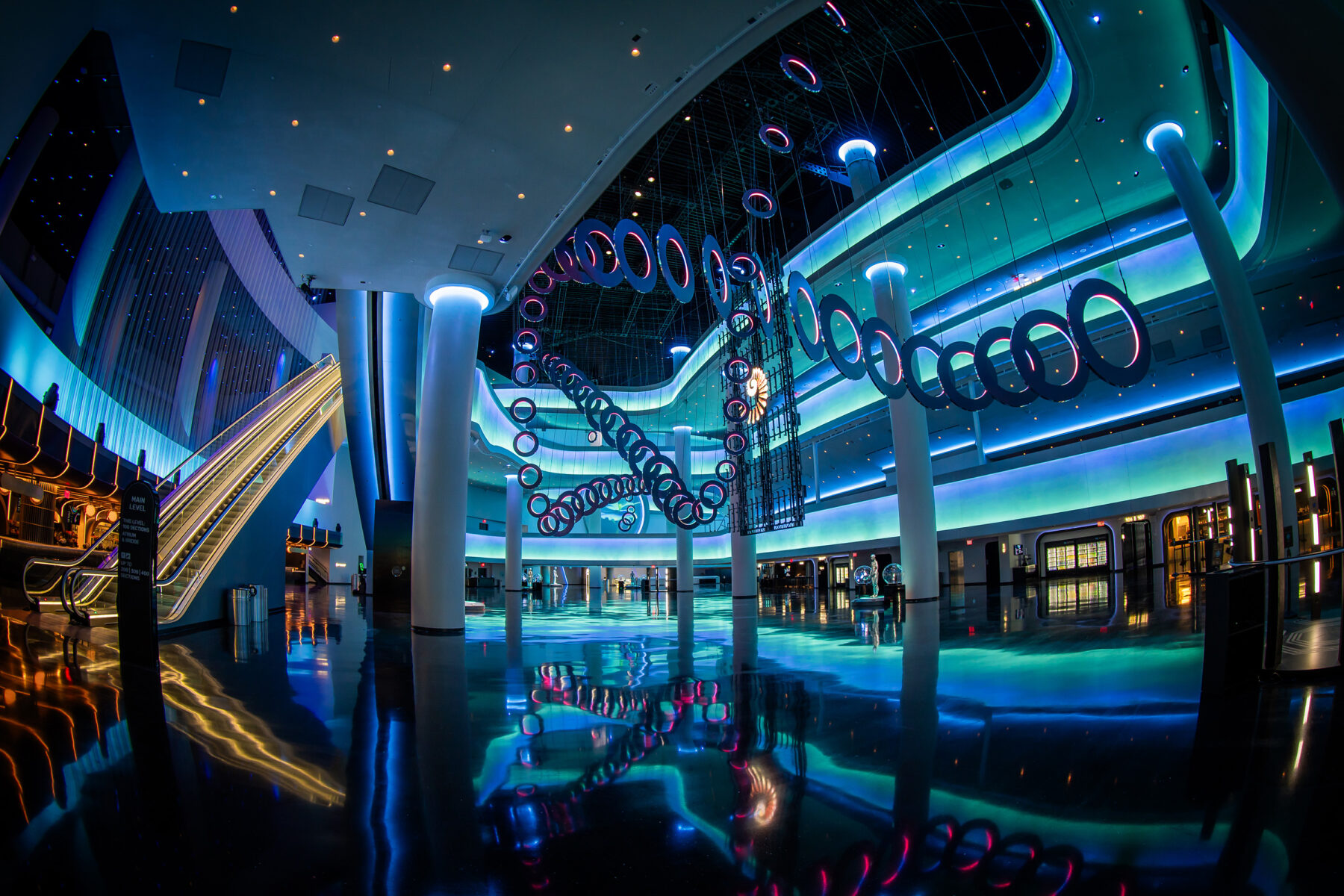Creative Design Meets Organized Efficiency: Design Management is Key to Alignment and Integration when Developing Destinations
Design management is a key component for all types of development; However, the scope of this work in the themed/entertainment and specialty retail destination sector is exponentially more complicated, and is even more essential to ensuring project success.
Destination design is fun. Who doesn’t enjoy dreaming up rides, attractions and worlds that will immerse and delight people?
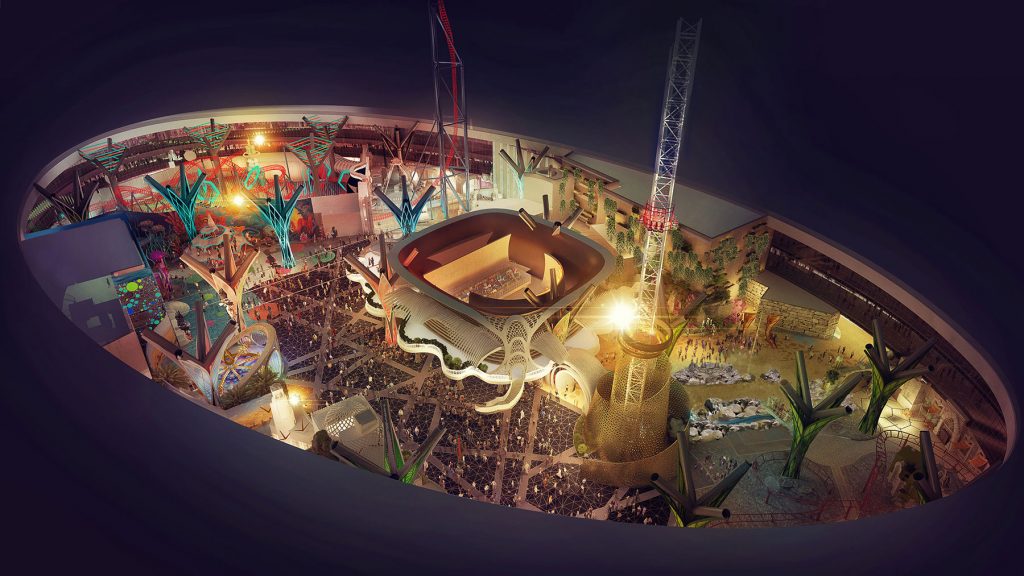
That said, managing the design and implementation of a themed development project is a skill all its own. Specialty work has 100+ division of work compared to traditional construction work of 30+. This is where the complexities lie.
Design management is a key component for all types of development; However, the scope of this work in the themed/entertainment and specialty retail destination sector is exponentially more complicated, and is even more essential to ensuring project success.
This is a discipline that integrates and guides both the artistic and the technical, fusing together the disparate parts of traditional facility design – the ‘sticks-and-bricks’ portion – with specialty design to move a project successfully toward the finish line.
In this way, design management is so much more than simply overseeing drawings and specifications that outline what a themed/entertainment destination will look like – or even guiding it to completion.
Instead, this is a multi-layered expertise that involves the complex responsibility of keeping teams and workstreams aligned with each other, and with the project schedule, budget, and overall goals – all within a systematic approach that is customized to each and every project.
It is creativity at its deepest, fused with organization and communication at the highest level.
Without proper design management, today’s developers will find themselves incurring unnecessary, often substantial, costs and falling behind on schedule – ultimately threatening their ability to bring a project to fruition.
Throughout most specialty projects, the responsibilities of design management are all-encompassing and include:
Managing Alignment
A fundamental function of design management as part of overall program management is keeping the design process aligned with the final goal.
At nFusion, we help developers and owners to maintain alignment by approaching all developments based on a four-gate road map. These gates are defined by key milestones – determining feasibility, deliverability, buildability, and operability.
Early in the process, during Gate 1 and leading into 2, the concept design, budget, schedule, and program management plan are created and then locked. The design management team ensures that all items are in agreement with each other, which will maintain alignment later on. Based on the gates checklists, the design is assessed to ensure it includes all the necessary information to move to the next gate and stage of design.
The bulk of design management work is conducted during Gate 2 and throughout Gate 3 – encompassing concept design through schematic design and detailed design.
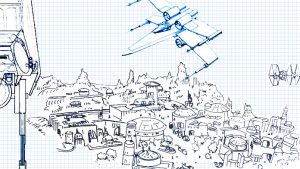
Pressing the metaphorical big green ‘go’ button for a project defines the passing of Gate 2, essentially representing the authorization of the full capital expenditure. (Until then, only up to five percent of the overall project budget has typically been spent.)

At this point, the deep monetary investment begins, and the role of design management becomes even more crucial as more design entities are engaged.
Within each project phase or gate, design management helps to define guidelines and deliverables that ensure the efficiency and integration of work delivered by both traditional and specialty teams.
Managing Adherence to Design Guidelines and Packaging Strategy
Design guidelines for traditional construction vary depending on the part of the world in which a project is located.
For example, projects in the U.S. follow the American Institute of Architects (AIA) standards, whereas in Europe and some parts of the Middle East, the Royal Institute of British Architects (RIBA) standards are used.
Design guidelines for specialty construction have been developed by The Themed Entertainment Association (TEA). (It’s of interest to note that one of nFusion’s team members was integral in writing these guidelines.)
Part of the role of the design manager is to ensure the design guidelines outlining recommended deliverables at each stage of design are customized to incorporate input from specialty disciplines, i.e. ride, show, media, live entertainment, etc. at the appropriate design juncture.
Based on early agreement regarding procurement and packaging strategies – Design Bid Build, Design Build, sole source, competitive bid, etc. – drawing packages will be produced with these principles in mind.

Managing Distinct Design Teams and the Flow of Information
One of the most important aspects of design management for complex themed and entertainment destination projects is fusing the traditional architectural engineering (A/E) team and the specialty design team – ultimately ensuring that these entities are working in concert to deliver the end result.
The A/E team is typically a traditional group that is local to the project location, whether it be in the Middle East, China, or the U.S. This entity knows the design standards, the code, and the means and methods of construction, giving them the expertise to advise the specialty team on those pieces.
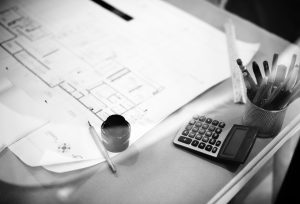
Alternately, the specialty team is experienced in attraction or themed design elements and can advise the traditional team on the many nuances of these features.

In this sense, design management is a structured dialogue between these two groups. Because they are so different, the organization and communication between the two must be weaved together in order to deliver an integrated project.
A strong design management team will devise a very deliberate process for channeling information – from the creative to the show designer to the lighting designer to the electrical engineer to the architect, and so on – ensuring that each team member has the details they need and can complete their portion of the work.
This meticulous process offers a tremendous payoff to developers in the form of a truly coordinated and integrated design package.
With this information in hand, stakeholders and project managers can make informed decisions to ensure that each project element is aligned with budget, schedule, and overall project vision.
Managing the Integration of Workstreams
Design management encompasses both design and project delivery.
An overall roadmap guides the work for everyone throughout the project so each of the design teams—be they specialty or A/E—can focus on what they need to do.
Then, depending on the scale and the timeframe of the project, the design management team can determine how many deliverable submissions make sense for each phase.
At nFusion, we recognize that the integration of the design team is a matrix organization: the vertical integration of the delivery team based on the Work Breakdown Structure (WBS) and the horizontal Divisions of Work (DOW) which houses the centers of excellence.
The first approach is the vertical integration of the different workstreams, which views the overall project and deconstructs it into project components, sub-components, and actual elements.
As an example, a theme park might be broken down into three lands, and within each of those lands there are attractions, restaurants, retail, and back of house. Each of these components would then break down into different sub-components: for instance, a restaurant would break down into interiors, lighting, kitchen equipment, signage, and furniture, fixtures, equipment (FF&E).
The second approach is horizontal disciplines which are the centers of excellence, and include A/E, interior show, rides, and live entertainment. Those disciplines feed through all of the attractions and all of the lands.
Enacting these two approaches creates a vertical and horizontal matrix to organize project teams.
Part of design management’s role is making sure that the level of deliverables on the specialty design side feeds into the deliverables on the traditional architecture and engineering side.
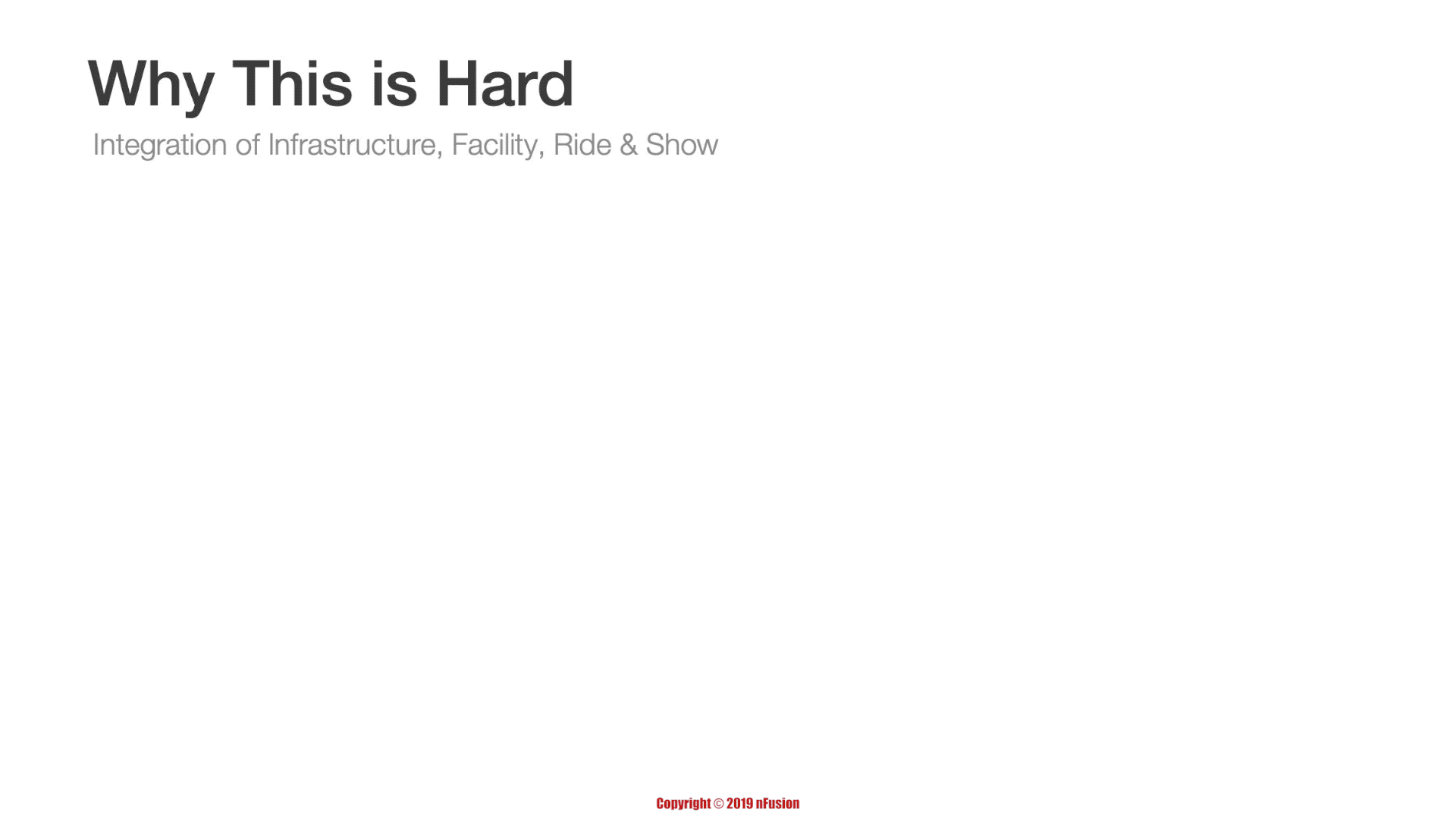
For instance, in a theme park where a custom ride is being developed by an attraction designer, the entire team needs some level of information from the ride vendor in order to determine the ride’s clearance, the electrical load, the structural load, and the mechanical load. This way, everyone on the A/E team understands how and when to deliver the items for which they are responsible.
Managing and Reporting Against the Baseline
Once the Program Book (the why and the what), the Delivery Plan (the how) and the Implementation Manual (protocols) have been established in the early phases of a project, the Design Management team then manages against these. The design delivery strategy adheres to and supports the contracting and packaging strategies that have been developed.
Key aspects of design management include defining milestone deliverables at each of the design phases, facilitating the review and approval processes with the owner/stakeholders, and providing monthly reports on project progress across the various workstreams.
With so many moving parts, a design risk register is utilized to inform the owner of any pending risks or issues that require early decision making to mitigate potential cost and schedule impacts.
Design management is a multi-layered discipline that involves complex and meticulous processes to ensure alignment among all teams, maintain adherence to design guidelines, manage the flow of information and deliverables, integrate and create efficiencies between workstreams, and help developers navigate their expectations and plans in order to deliver exactly what is needed for their market. With an experienced design management team, stakeholders can ensure their themed/entertainment or specialty retail projects will reach opening day and deliver the exciting, immersive destination they’ve dreamed of – all within a budget and schedule that makes sense.
